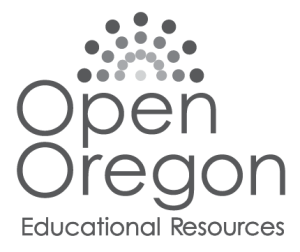Introduction
Ahlan waSahlan!
This text is intended to provide material to facilitate discourse in Egyptian Arabic during a first-year course. Through these materials, students will learn the alphabet, simple greetings, how to introduce themselves in increasingly complex forms, and how to introduce family members and speak about their daily lives. They will also master some commonly used expressions.
The language of discourse in this course will primarily be spoken Egyptian Arabic. In order to ease its connection to Modern Standard Arabic, when there are words where the word in MSA is the same as another well-known dialect such as Levantine dialect (but is different in Egyptian), we will introduce the MSA word. Our aims are for students learn to speak using structures and vocabulary used by native speakers in their day-to-day lives, while also getting as much “help” as possible for eventually transitioning to MSA.
We expect to complete the Arabic alphabet in approximately 5 weeks. During this time we use transliteration to allow students to study vocabulary. By week 7, we will only use the Arabic script exclusively.
Cultural materials will come in the form of expressions, and additional other content on proper manners for greetings, and introductions.
By the end of the course, students will be able to:
- introduce themselves and their family;
- describe their daily activities;
- describe their feelings in simple terms;
- order food in a restaurant;
- discuss a prospective room rental;
- make weekend plans with a friend;
- invite someone over for tea.
In terms of grammatical structures, students will learn the nisba adjective, the possessive contructe; the definite article; the demonstrative pronouns; the nominal sentence and fronted predicate; noun-adjective agreement; the use of “fii” for “there is” sentences; the use of the active participle; the use of the modal present tense and b-prefix present tense; possessive pronouns and pronominal suffixes for direct objects and prepositions.

This book was made possible by a generous grant from Open Oregon Educational Resources. We would like to thank Amy Hofer of Open Oregon and Rayne Vieger and Allia Service of the Knight Library for their help with the project.

